
“We photographers can continuously encourage people to be themselves,” says NY-based photographer Kreshonna Keane about the impact we can have on those around us. Focusing on the struggles of the BIPOC community, she looks for stories that have a visual impact on the viewer. Her recent work caught the eye of Adobe, who announced her as one of the photographers in their Rising Stars program.
Everyone is guilty of staring at someone who doesn’t look like what society has conditioned us to accept as “normal.” We’ve silently judged others we’ve walked passed on the streets because they look “unconventional.” Ask yourself when the last time you felt uncomfortable being around someone just because of how they looked. Thousands among us face discrimination daily only because of how they appear to others. Be it the color of their skin or even a visible scar or skin discoloration, people often look down and away from such folks for no fault of theirs. Kreshonna Keana understands this feeling all too well, having grown up experiencing inequality for an extended part of her life. She focuses her camera on people marginalized due to their appearance and brings out their best with her portrait photography.
The Essential Photo Gear Used By Kreshonna Keane
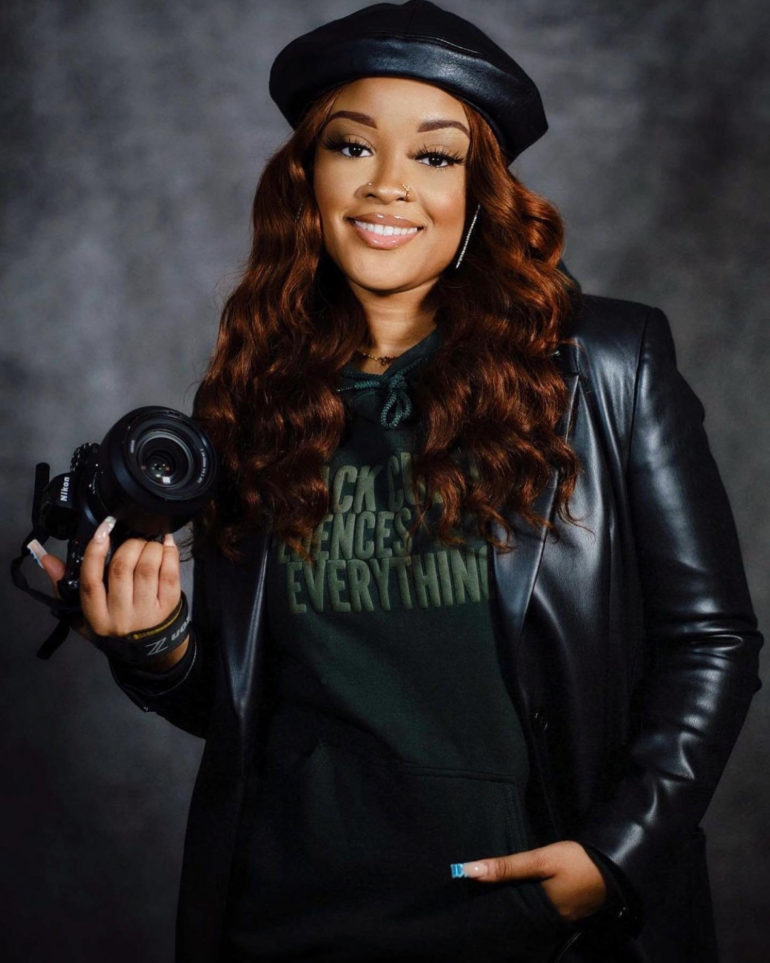
Kreshonna told us:
My first camera ever was a Nikon D40. I saved up to buy my first DSLR used and decided to make the switch to Canon because of the distinct color and softness of the images
The Phoblographer: Hi Kreshonna, Please tell us about yourself and how you got into photography.
Kreshonna Keane: I am a Caribbean-American who grew up in the Bronx, NY. I’ve always had an interest in photography. Growing up, I always loved to look at old family photos. I would spend hours going through family albums and baby photos, even if I had already seen them. I mostly loved the photos from the 70s & 80s; I was always inspired by those eras.
Then, in high school and college, I began taking self-portraits and photos of my friends. I started an internship with renowned wedding photographer Kesha Lambert, who became my mentor. Seeing another black woman photographer build a career in the arts inspired me to pursue photography and entrepreneurship.
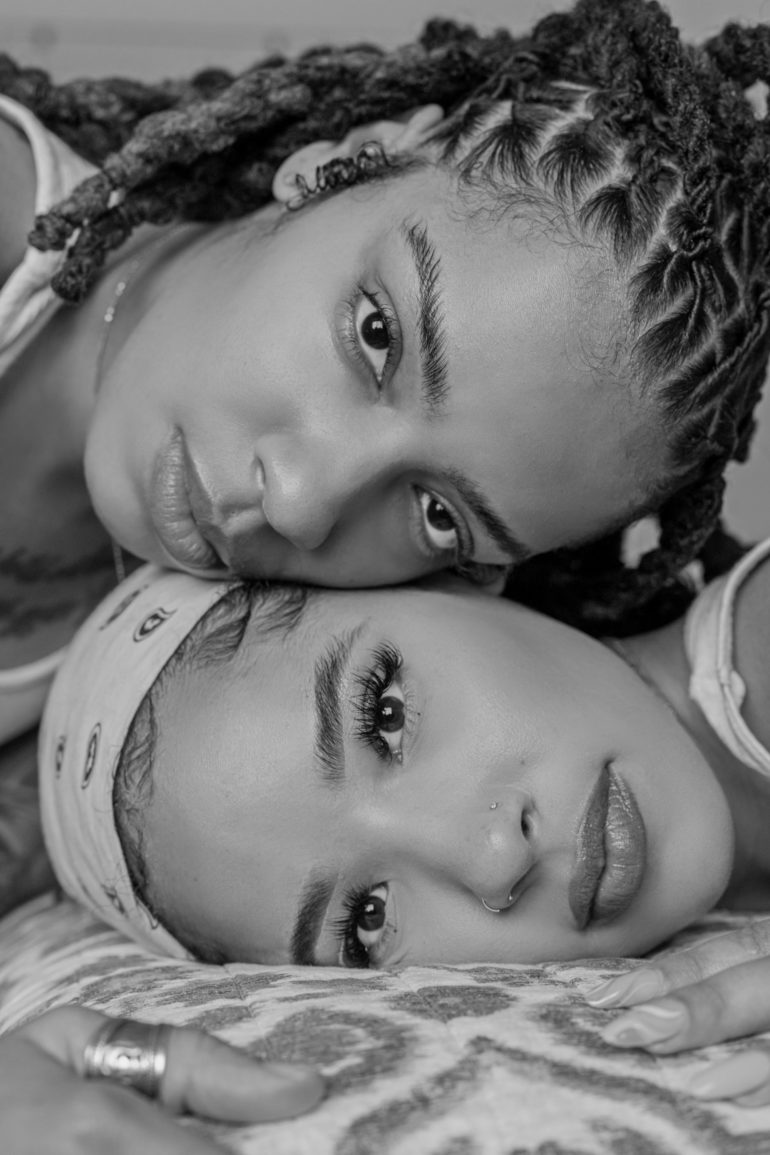
The Phoblographer: Were you always interested in portraits, or did this come into your repertoire later in your career?
Kreshonna Keane: I believe I’ve always been interested in portraiture. I was heavily influenced by fashion/editorial photography and portraiture. By taking photos of myself and my friends, I realized that portrait photography was my niche of choice. I would take notice of locations around me, such as gas stations, mechanic shops, diners, bodegas, and envision photographing people in these spaces. This subject-environment relationship later became a huge theme in my work.
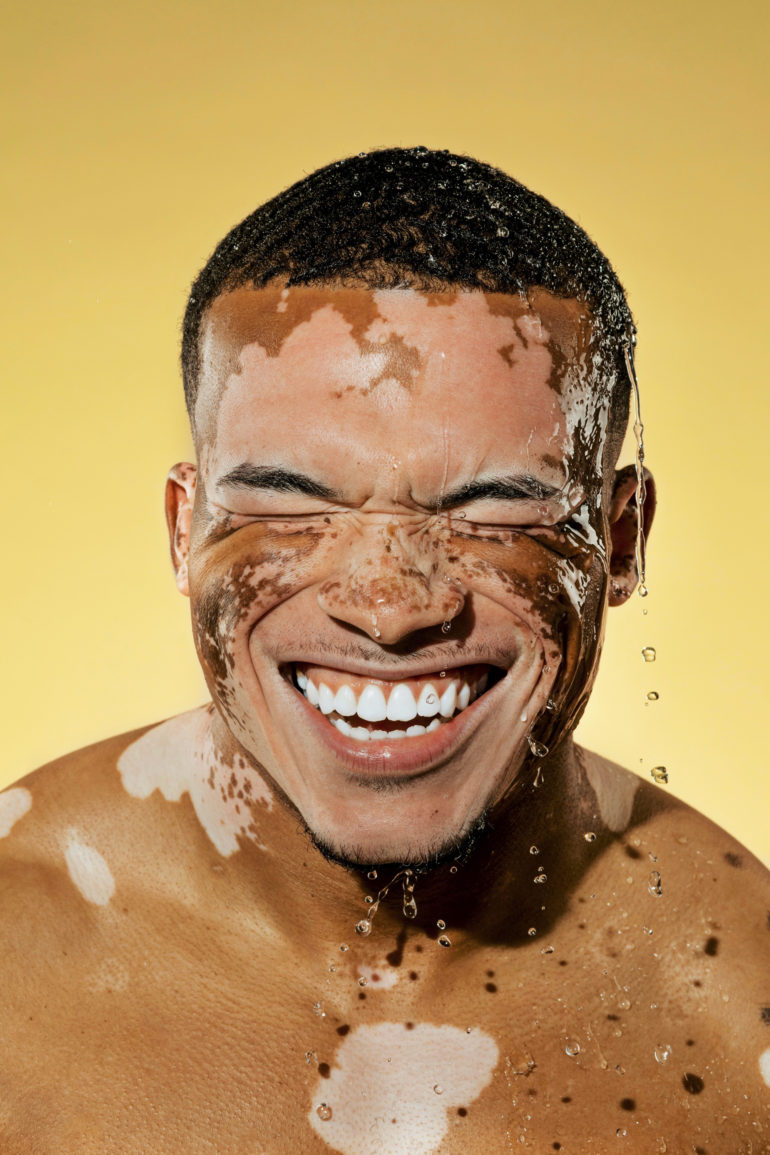
The Phoblographer: A lot of your work focuses on appearance diversity in the BIPOC community. Tell us when this topic became a priority for you.
Kreshonna Keane: Diversity and inclusion became an important subject for me in my work during the creation of my first short film, I Look Good As Hell On Me. This film started out as just a conceptual photo shoot. I cast a handful of beautiful women of all different body types and skin tones to photograph. But I felt as though the photo shoot idea had been overdone. I had a strong desire to go a step further; to understand who these women were and the stories behind their experiences. A common theme I found was that they were all part of underrepresented communities, specifically in the fashion and beauty industries. The impact of this project showed me that there was a lot more work to be done in highlighting and celebrating inclusion in the BIPOC community. It became a common theme in my work and is something I am still actively pursuing.
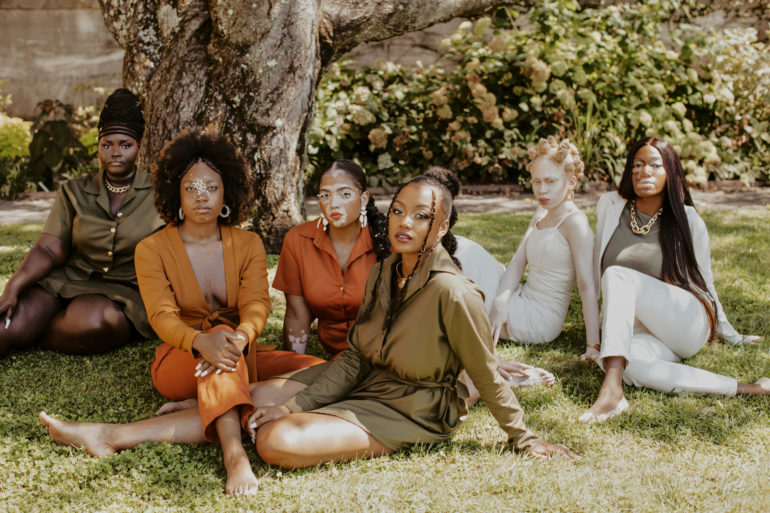
The Phoblographer: Is it often tough to get people to pose for you as part of this topic (due to shyness or otherwise)? Do they become more confident after the initial few pictures?
Kreshonna Keane: I’ve been lucky enough to have worked with amazing individuals who are great in front of the camera. And even when they are shy, I have a way of building a certain level of trust and comfortability during my sessions and curated projects. I laugh and joke with my subjects. I allow them to be themselves and try to help them forget the camera’s presence. Chemistry and great direction help people to feel more confident!
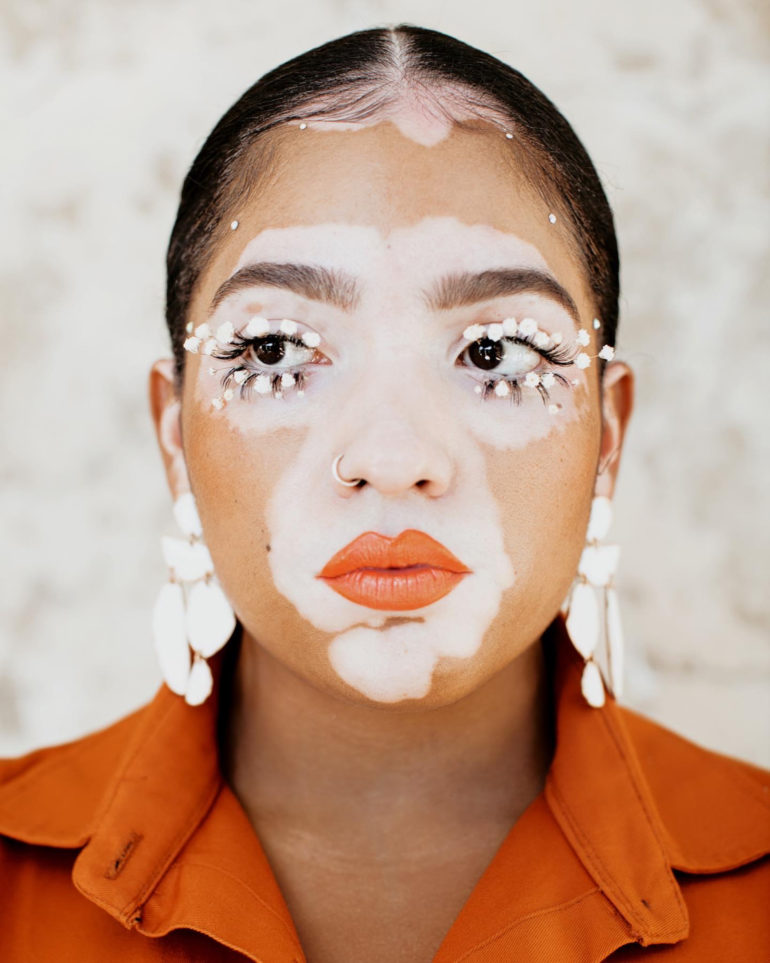
The Phoblographer: What are some of the stories/struggles they want portrayed as part of their portraits?
Kreshonna Keane: In my recent portraits, I’ve been aiming to portray people in ways in which they want to be viewed. Lately, I’ve been focused on going beyond the surface of diversity and inclusion in photography and film. Yes, it’s important to see diversity because representation matters. But at the moment, I’m more interested in portraying the struggles people face in society and also how mental illness and self-love play a major role in their experiences. It’s more than just portraiture now. It’s storytelling through photography and film.
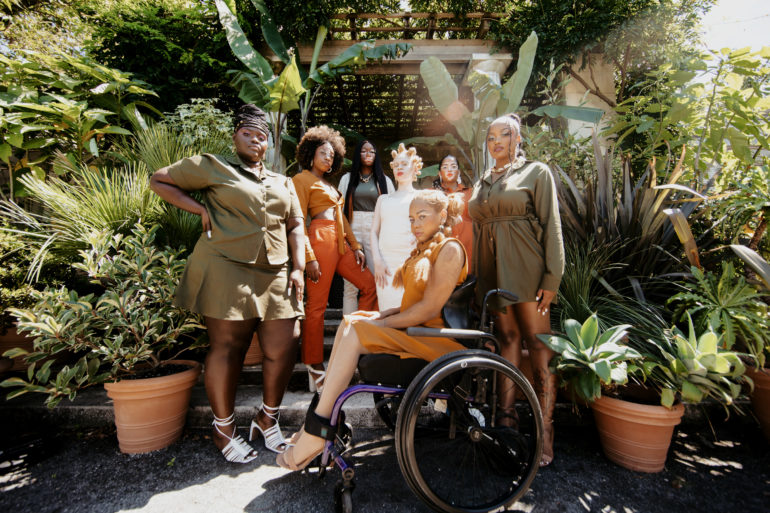
Last year I was gifted the Nikon Z6II and it was my first mirrorless camera. I love how light this system is and it’s kind of my go-to whenever I don’t want to carry around too much weight.
The Phoblographer: Many of these people find love within themselves but not necessarily outside their closest circles. As photographers, how can we change this?
Kreshonna Keane: This is an interesting perspective! I’ve found that a lot of people find love through friends, family, and community but don’t have or display enough self-love. As a photographer whose work focuses on black love, life, culture, and inclusion/diversity, I’ve worked to change this by spreading a message of loving all aspects of oneself. Whether it’s your body type, your hair, your skin tone, where you are from, and even who you choose to love, self-love is the most important factor.
But for those who are struggling to find that same love outside of their circles, I believe that we photographers can continuously encourage people to be themselves unapologetically. Through our work, we can continue to tell stories, continue to bring awareness, and hopefully, this will eventually change the perspectives of those on the “outside.”
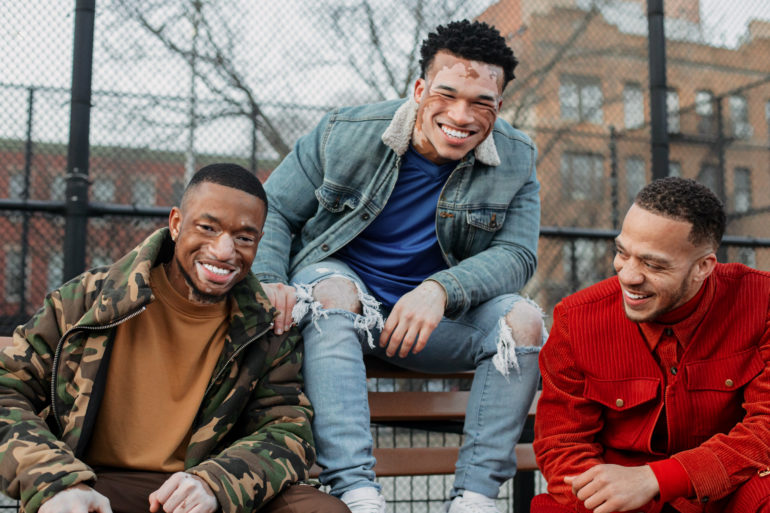
The Phoblographer: why do you think people even today have a tough time accepting someone who doesn’t resemble them?
Kreshonna Keane: This question runs deeper than I think I’m truly able to cover in this interview. What I can say is I don’t think people have a hard time accepting people who don’t “resemble” them. I think it’s a choice not to. Having a hard time with something implies that one is making an effort to try but may not be successful. One can have a hard time opening a jar of pickles, doing a math problem, or learning to park a car. But acceptance is a choice.
I think some people fear what they don’t understand, and some are simply not willing to learn. There are so many factors out there that could make people “different”; hair & skin differences, limb differences, variations in body shapes and types, height differences, cultural differences, and financial and economic differences, just to name a few. I think it’s easier for people to hate, ignore, make fun of, or talk down on, than it is to try and understand, embrace, and welcome.
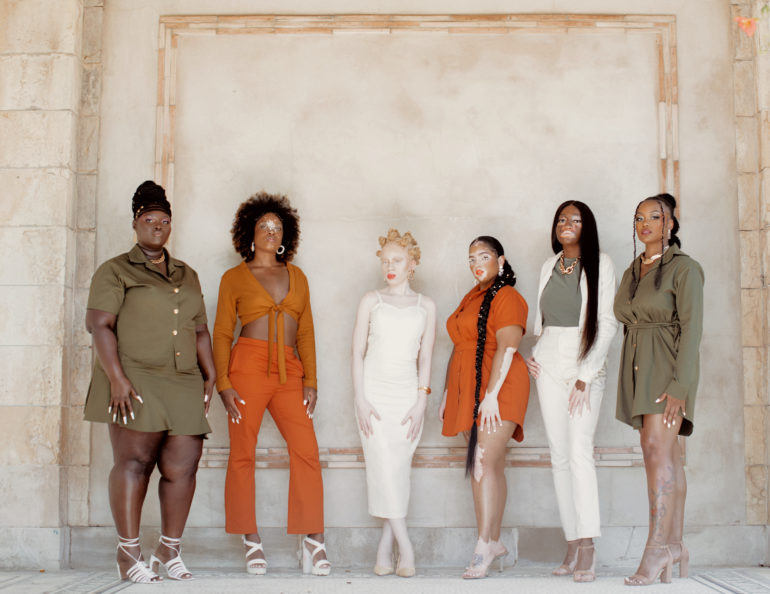
The Phoblographer: As someone from the BIPOC community, what are some of your own struggles that you’ve fought?
Kreshonna Keane: One of the biggest challenges I’ve faced as a BIPOC community member is professional equality. Being a black woman photographer, I have experienced inequality in opportunities. I feel like I am constantly struggling to ensure that the black female voice is heard through my perspective and subject matter. This is a constant personal struggle that I face every day as a BIPOC woman photographer and will continue to fight.
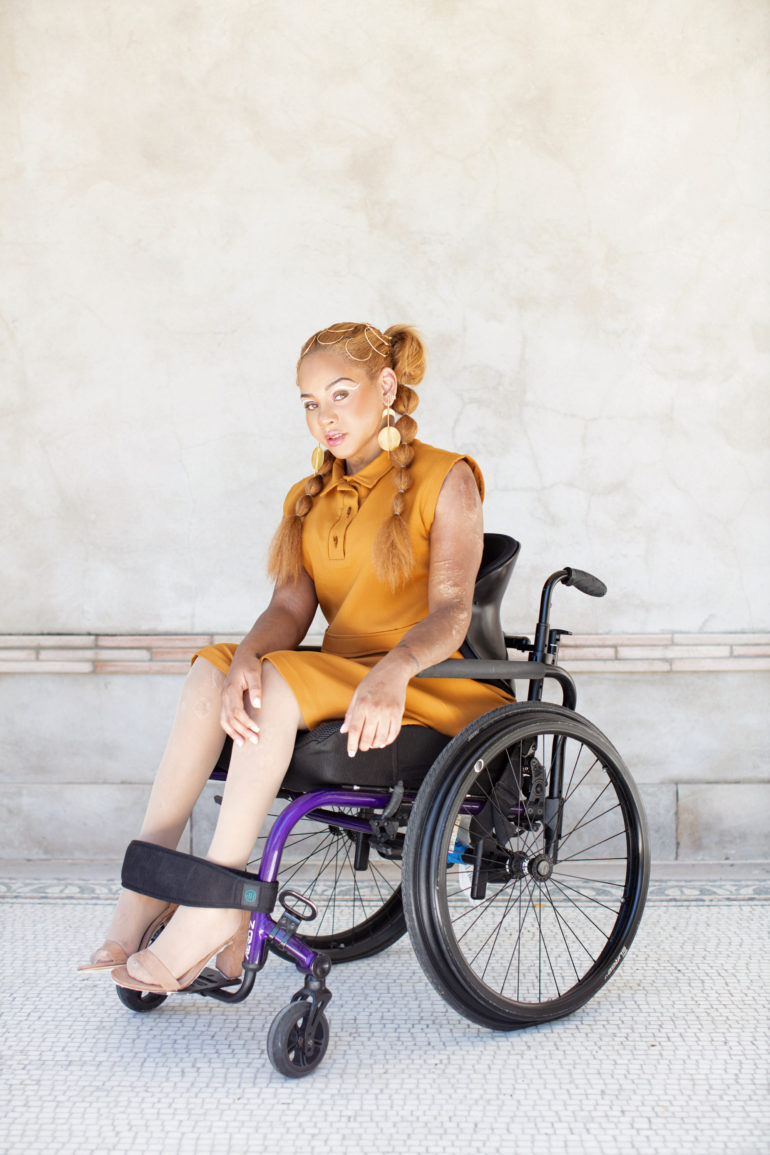
The Phoblographer: You’re now an Adobe Rising Star. When you heard about this, what were some of the bumps on the road to success that came to mind?
Kreshonna Keane: I am! I was so honored to hear that I had been chosen to be one of Adobe’s 2022 Rising Stars. When I first heard, I truthfully hadn’t thought of the bumps in the road to success. But when I think of them now, I would say the biggest bump in the road for me is me. The mind is a powerful place. For that reason, I try not to focus on the bumps because there will always be obstacles to overcome. I’ve found that it’s best to stay consistent and maintain gratitude with every accomplishment.
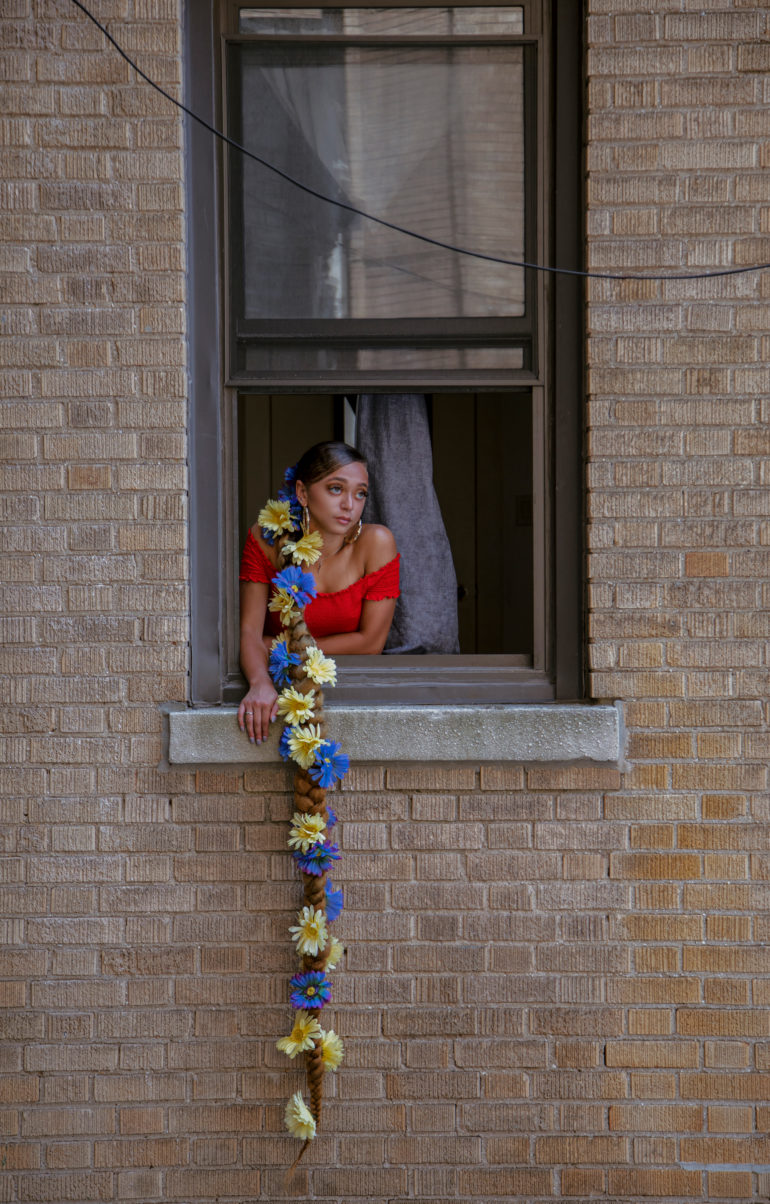
The Phoblographer: “I Look Good As Hell On Me” is also a short film you spearheaded. What was the reaction to this, and what are some of the things viewers have said about it?
Kreshonna Keane: I Look Good As Hell On Me was a special project that I am proud to have directed. It was my first short film, and I am still amazed by the level of receptiveness it received. People were moved by each of the stories the women shared. People were inspired by their raw vulnerability and willingness to inspire others like them with similar stories and experiences. So many people have reached out expressing gratitude because this film helped them step out of their own shells. I strive to continue to make this kind of impact with everything I create.
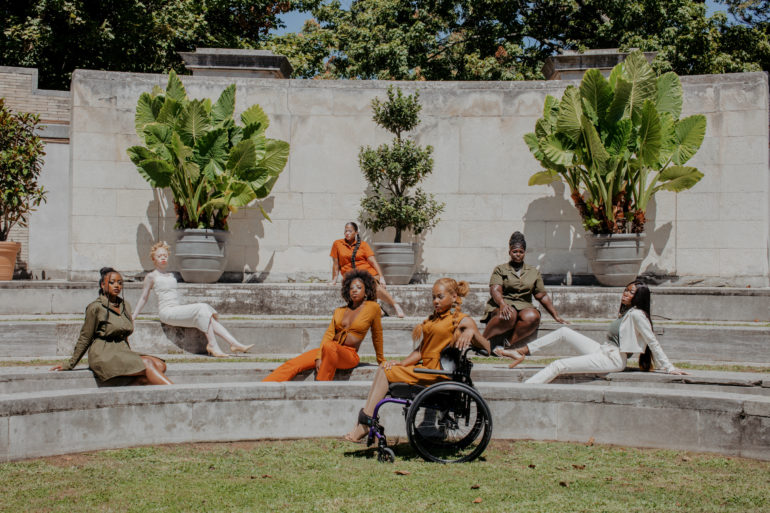
All images by Kreshonna Keane. Used with permission. Take a look at her website and her Instagram page to see more amazing portraits by her. Want to be featured? Click here to see how.






